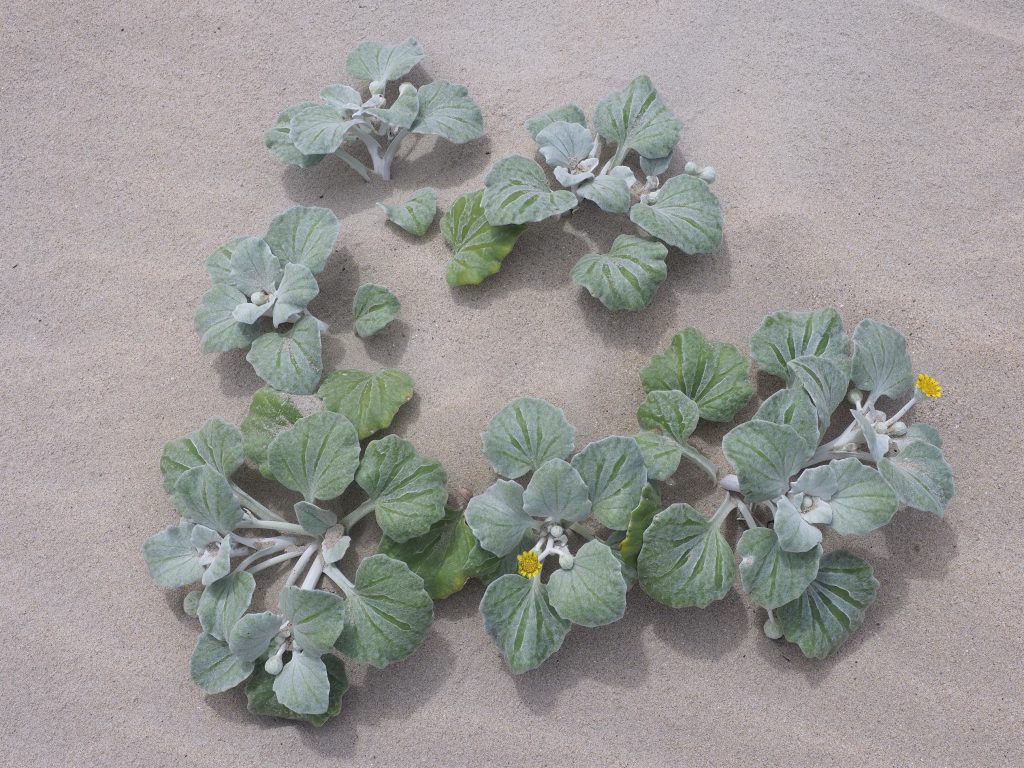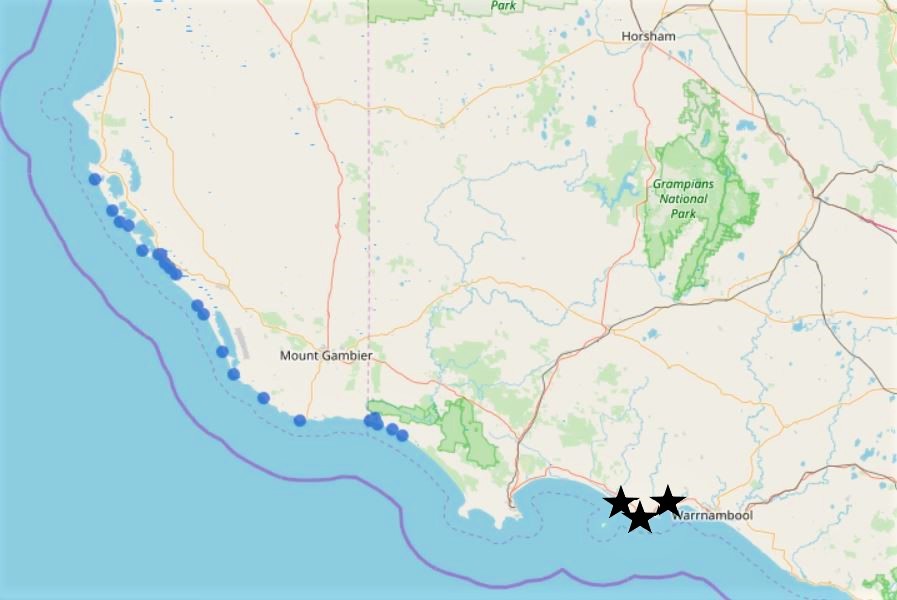Photogenic feral – Coast Capeweed
If you think this looks like an alien species, then you are right. Coast Capeweed or Cape Beach Daisy (Arctotheca populifolia), might look beautiful, but is from the southern African coastline and is steadily making its way eastwards along the coast of Australia.
Citizen Scientists John and Joan Young are keen to see it brought under control. It is already widespread in Western Australia, but is an emerging weed in Victoria. The perennial herb is related to the common Capeweed (Arctotheca calendula), but grows vigorously on the dunes and foreshore, affecting shorebird nesting, and altering sand movement.
It produces a lot of seed which can survive fresh or salt water, and spreads via ocean currents and the wind. John and Joan counted 683 seedlings coming up around one plant! It can also produce roots at the stem joints.
What can you do?
- If you see any plants, photograph and add to the Victorian Biodiversity Atlas (VBA Go) on the spot, or to the Atlas of Living Australia (ALA).
- If possible, remove whole Coast Capeweed plants (including flowers, stems and roots), bag, leave in the sun for 4-5 weeks, then dispose to landfill (NOT compost or greenwaste). Large plants can be very challenging to remove.
- Talk to your local land manager.
NGT are working on distributing some more public information which we’ll share in a future newsletter. If you would like our help to confirm or record a sighting, please email us.


